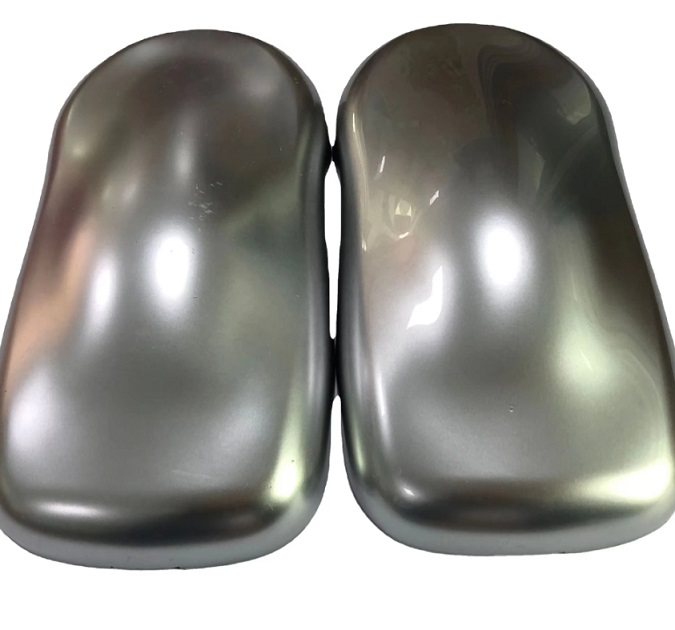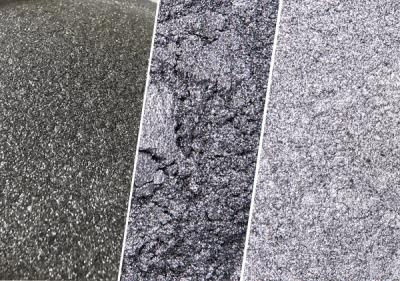Can Vacuum Metallized Pigment be Used on Cars?
Vacuum metallized pigments (VMP) have gained significant attention in the world of automotive finishes due to their unique properties and visual effects. The question of whether they can be used on cars is not a simple yes or no; it requires a closer look at their characteristics, application methods, and potential benefits and challenges.
What are Vacuum Metallized Pigments?
Vacuum metallized pigments are created through a process that involves vaporizing metal in a vacuum chamber and depositing it onto small pigment particles. This results in a pigment with a highly reflective and metallic appearance. The most common metals used for VMPs include aluminum, which gives a silver-like shine, and various other metals or metal alloys that can produce different colors and effects, such as gold, bronze, or copper tones.

Advantages of Using VMPs on Cars
1. Aesthetic Appeal
2. Durability
When properly applied and protected, VMPs can offer good durability. The vacuum deposition process often results in a more adherent and uniform coating compared to some traditional pigment applications. This can help the pigment resist scratching, fading, and other forms of degradation, ensuring that the car's beautiful finish lasts for a significant period. Many modern VMP formulations are also designed to withstand exposure to sunlight, moisture, and the rigors of daily driving.



